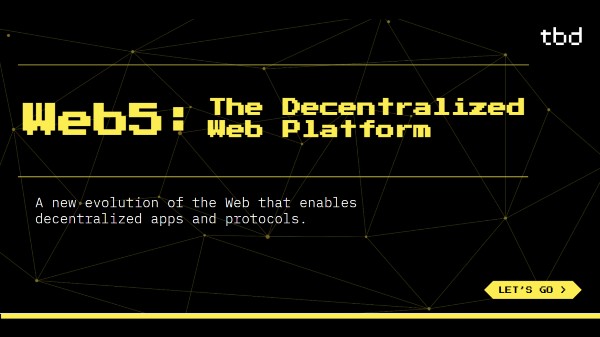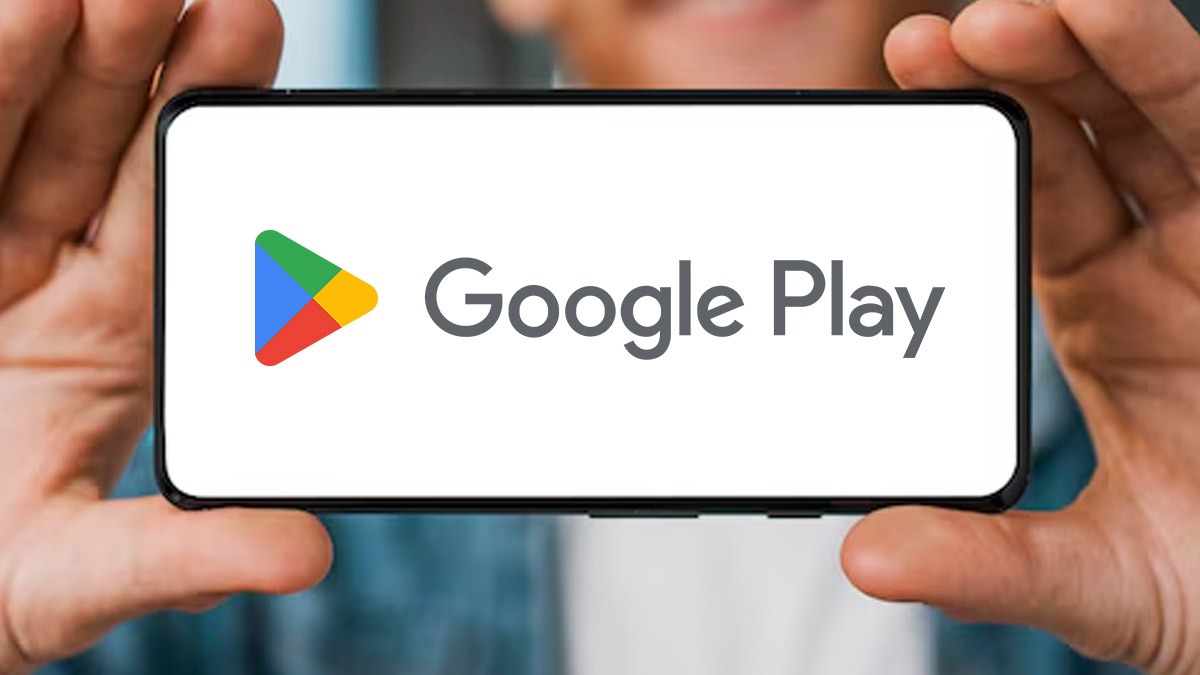Just In
- 9 hrs ago

- 9 hrs ago

- 10 hrs ago

- 11 hrs ago

Don't Miss
- Finance
 107% Returns: Tata's NBFC Doubles Investors Money, Rs 53,440 Profits On Rs 50K; Key Parameters To Buy/Sell
107% Returns: Tata's NBFC Doubles Investors Money, Rs 53,440 Profits On Rs 50K; Key Parameters To Buy/Sell - Sports
 KKR vs RR Memes: Fans Take Potshot at KKR for Conceding Match after Scoring 223; Praises Jos Buttler's Knock
KKR vs RR Memes: Fans Take Potshot at KKR for Conceding Match after Scoring 223; Praises Jos Buttler's Knock - Lifestyle
 Dr Sarvepalli Radhakrishnan Death Anniversary: Profound And Inspiring Quotes For Students
Dr Sarvepalli Radhakrishnan Death Anniversary: Profound And Inspiring Quotes For Students - Movies
 Bade Miyan Chote Miyan Vs Maidaan Box Office Collection Day 6: Akshay Kumar BEATS Ajay Devgn. Margin Is...
Bade Miyan Chote Miyan Vs Maidaan Box Office Collection Day 6: Akshay Kumar BEATS Ajay Devgn. Margin Is... - News
 UAE Weather Report: Floods Hit Dubai, 18 Dead; Govt. Shuts Schools, Colleges
UAE Weather Report: Floods Hit Dubai, 18 Dead; Govt. Shuts Schools, Colleges - Education
 UPSC Success Story: An IITian, A Government Job Holder at Railways, Quit the Job and Emerged as an IAS
UPSC Success Story: An IITian, A Government Job Holder at Railways, Quit the Job and Emerged as an IAS - Automobiles
 Jeep Compass Gets More Powerful 268.3bhp Turbo Petrol Engine – Check Out All The Details Here
Jeep Compass Gets More Powerful 268.3bhp Turbo Petrol Engine – Check Out All The Details Here - Travel
 From Coconut Breaking on Head to Men Dressing as Women: 12 Unique Indian Rituals Explored
From Coconut Breaking on Head to Men Dressing as Women: 12 Unique Indian Rituals Explored
Web5 Explained: Why Is It Trending And How Is It Different From Web3?
Jack Dorsey, the founder of Twitter, left the company a few months ago. Dorsey has been working on a new project called Web5, which was announced on Twitter. Dorsey states that Web5 is a combination of Web3 and Web2.0 and is built on the Bitcoin blockchain. One of the features of Web5 is enhanced security.

What Is Web5?
Data privacy and security is one of the biggest issues today, and a lot of firms are aiming to protect against mismanagement. This is also one of the key focus points of Web5. Dorsey explains that Web5 is developed by The Block Head (TBH), which is Dorsey's Bitcoin business unit and was formerly called Square.
The Web5 platform brings decentralized identity and data storage to applications. "It lets developers focus on creating delightful user experiences while returning ownership of data and identity to individuals," the company explains.
|
The new Web5 web platform is built to let individuals have the ability to own their data. It also aims to enhance their ability to control their identity, which Dorsey states is now owned by third parties. The Web5 platform will further be supported by wallets, decentralized web nodes (DWNS), and decentralized web apps (DWAS).
"We struggle to secure personal data with hundreds of accounts and passwords we can't remember. On the web today, identity and personal data have become the property of third parties," he said. Additionally, Mike Brock, Product Lead at The Block Head clarified that there are no tokens to invest in with Web5.

Do We Need Web5 Platform?
When Dorsey announced Web5, naturally the Twitterati went up in a storm. Many began questioning if we needed Web5 and how it was different from Web3. Dorsey replied that Web3 isn't really decentralized. He said that data and identity aren't owned by people or users. This is why Web5 is important as it gives users control over their identity.
|
How Does Web5 Work?
The company has released instances of how Web5 would work. For example, we have the case of Alice, who holds a digital wallet that securely manages her identity, data, and authorizations for external apps and connections. Here, Alice uses her wallet to sign in to a new decentralized social media app on a platform like Web5.
Since Alice has connected to the app with her decentralized identity on Web5, she needn't create a profile once again. All her connections, relationships, and posts via the app are stored with her, in her decentralized web node. Plus, Web5 gives Alice more power as she can switch apps whenever she wants without worrying about her social identity or data.
Additionally, The Block Head company also provides another instance of Bob, who is a music lover and hates having his data locked to a single vendor. This forces him to repeat his playlists and songs across different music apps. With Web5, Bob can keep this data in his decentralized web node.
The Web5 web platform will allow Bob and others like him to access any music app along with his settings and preferences. This also enables him to take his personalized music experience wherever he chooses. The Block Head provides this instance of how Web5 gives users ownership of their data.
-
99,999
-
1,29,999
-
69,999
-
41,999
-
64,999
-
99,999
-
29,999
-
63,999
-
39,999
-
1,56,900
-
79,900
-
1,39,900
-
1,29,900
-
65,900
-
1,56,900
-
1,30,990
-
76,990
-
16,499
-
30,700
-
12,999
-
3,999
-
2,500
-
3,599
-
8,893
-
13,999
-
32,999
-
9,990
-
12,999
-
25,377
-
23,490












































